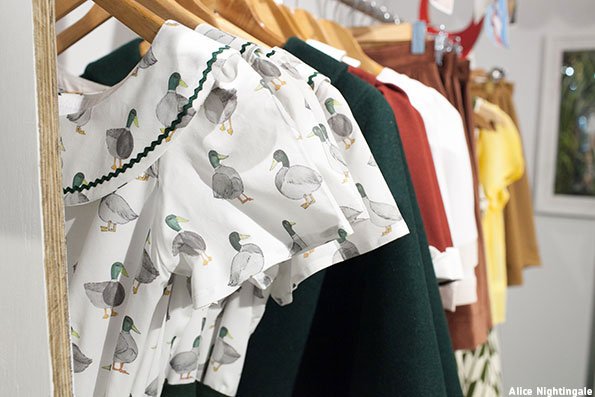As most of you are aware the Australian Gift and Homewares Association (AGHA) purchased FASHION EXPOSED REVIVED and the recent trade show came together with the Sydney 2015 Home and Giving Fair. The amalgamation of both events saw a 10.5% visitation growth rate, bringing AGHA Wholesale Members the opportunity to exhibit their products across 32,000 square metres of exhibition space, and retailers many more buying choices. Regardless of the category you trade in, it is important to understand that early preparation will go a long way to increase sales results at a trade show or in a retail environment.If you are exhibiting at a trade show, the organisers will bring buyers to the front door. If you have a retail store, then the centre management will do what they can, but how do you draw buyers to your exhibition stand or store? And how do buyers choose which stand or store they want to visit in advance? Our tips below will help you start to think of ideas to maximise sales.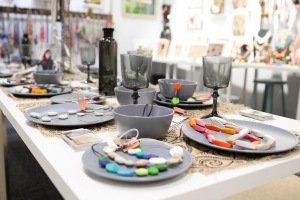 1. Be a visual stand outUse themes suitable to your product. Do you want to be bright, fun, elegant or casual? What style defines your label and how are you going to visually bring it to life? Think flowers, fruits, furniture, toys, snacks, mannequins, balloons, posters, models and dress according to your theme. This doesn’t have to be a costly exercise, you can plan ahead and put your creative mind to play. Have fun!Sydney FASHION EXPOSED REVIVED had some wonderful creative examples. In a competitive jewellery environment, Zatini displayed their accessories in a dining table setting feature, in which the jewellery was displayed as though it was food, it stood out and made people stop.
1. Be a visual stand outUse themes suitable to your product. Do you want to be bright, fun, elegant or casual? What style defines your label and how are you going to visually bring it to life? Think flowers, fruits, furniture, toys, snacks, mannequins, balloons, posters, models and dress according to your theme. This doesn’t have to be a costly exercise, you can plan ahead and put your creative mind to play. Have fun!Sydney FASHION EXPOSED REVIVED had some wonderful creative examples. In a competitive jewellery environment, Zatini displayed their accessories in a dining table setting feature, in which the jewellery was displayed as though it was food, it stood out and made people stop.
2. Be welcoming 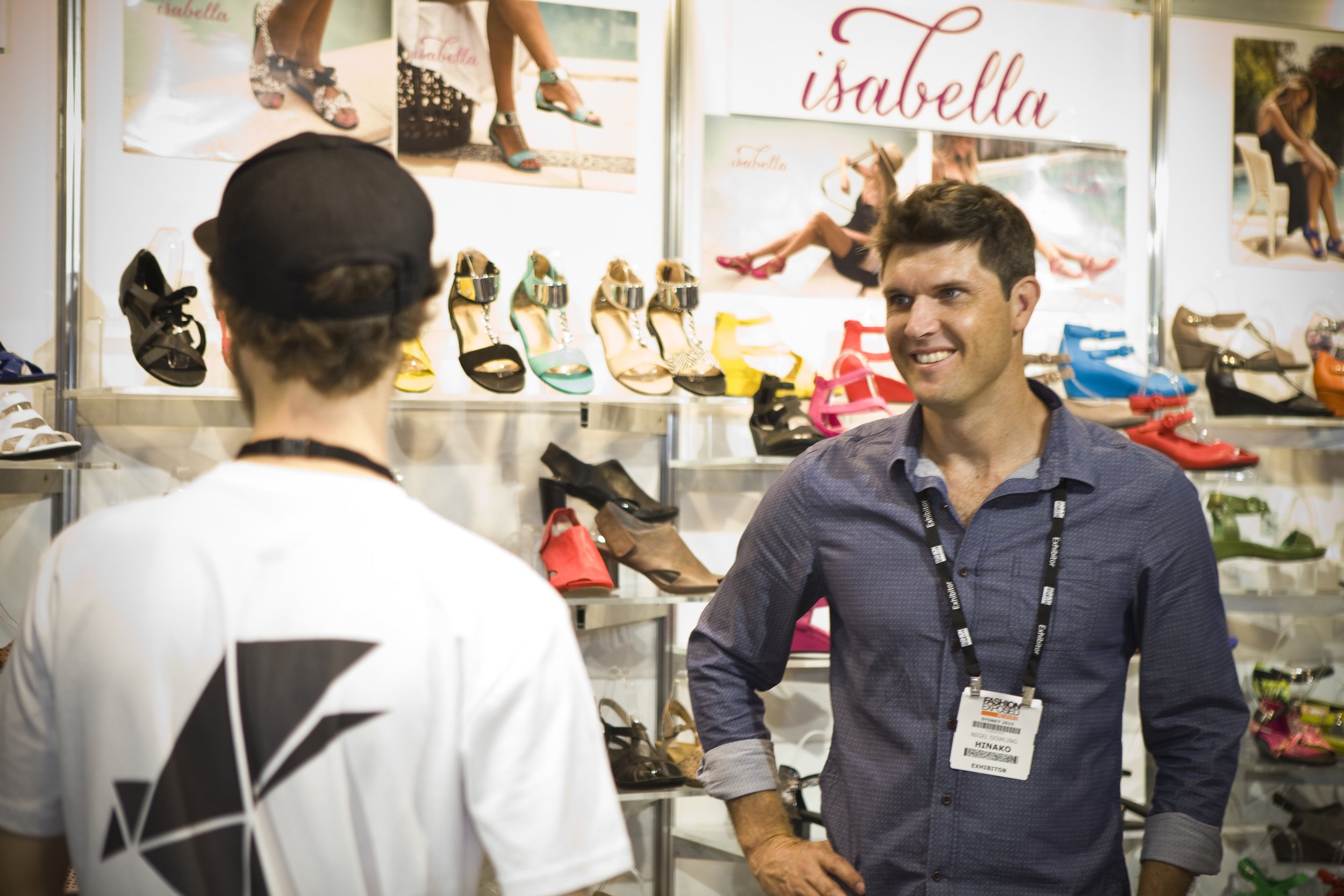
Smile and treat every customer with enthusiasm. Your customer has travelled and gone out of their way to get to you so make their time worthwhile. Trade shows filter visitors to ensure they are serious business buyers, and at a retail outlet your customer is already physically there showing interest in your products. Utilise their time, welcome them in with open arms and provide good service, they are entering your store, or are at a trade show visiting your stand which is technically the same!What materials do you have available to cater to your customer’s needs? Flyers, reading material about your brands DNA, features and benefits, your contact details or those of your agents, TV screens with images of models in your clothes, videos, behind the scenes footage from production to photo shoots, order forms or business cards.Retailers and wholesalers want record breaking sales on any given day, however sometimes the results are not that straight forward. Be memorable and if you don’t get the result you want today you may get it at a later date. Let your customers become familiar with whom you are and leave them with positive memories of the value and service you offered them that goes above and beyond their expectations. It is your time to stand out and impress.
3. Determine your objectivesFurther to the previous point, what are your long term and short term business objectives and how are you measuring your return on investment? Each business expects different results from a trade show or store, whether permanent or pop up. To determine the success of your strategy, define your objectives before you begin and plan how to achieve them. You can always review your objectives if you need to.If your objective is to get $100,000 of orders at a trade fair or $5,000 a day to consumers – what are you doing to reach this goal or better yet, to exceed it? You need to be giving your customer a reason to purchase now versus later. Think incentives, competitions, discounts, express delivery, free delivery, the list goes on. Find an incentive that you think will work, that buyers will love and that is manageable.If your objective is to build leads, consider running a competition; a dollar amount off their first order, a voucher or a holiday. Something that is financially viable. You will generate interest, familiarity with your products and obtain their details for your database.
 4. You are the expert
4. You are the expertWhile you have customers in your territory, talk to them in depth about your products. Have a document with information on what sets you apart for them to take away. Is it the variety of styles or colours, the design, the materials or fabric you use or the value for money you offer, why should they be buying from you versus your competition?If you are a wholesaler why not give out USBs with information necessary to place an order after the show and include information on your products that will help retailers sell it to customers. If you are a retailer, know the products you supply well and pass this information on to consumers. Send them away with all the knowledge in the industry that you trade in.
5. Market yourself before, during and afterYou are investing in a trade show or a retail space, promote yourself starting as soon as possible. If the organiser of a trade show is excited, get your buyers excited. If you are a retailer and there is an event that will bring an influx of customers – share the optimism and the news with your customers in advance. Create a Communications Plan that includes direct mail, email marketing, social media and utilise existing platforms you have available.Make appointments; the most successful exhibitors don’t rely on the organiser alone and the event in itself, they communicate with their database in advance, book appointments and tell buyers reasons they should visit. If you are a retailer, make use of quiet time to market yourself. Is it a product launch, access to stock before others, limited edition or limited quantity garments? Treat your VIPs to VIP treatment, but they key is to communicate, monitor social media and connect with them regularly to make your brand or store visible and top of mind.Communicate post-sale, handle any objections or feedback and bring new strategies to life. Build your social media network with new contacts, make the best use of the leads you receive. Know that a marketing campaign brings you approximately a third of leads and the rest should be sourced by a sales person. Now that you have met a potential customer make what would be a cold call a warm call and start to establish a relationship!
6. Make the most of it!A retail space and especially a trade show is more than an opportunity to sell. It is your chance to be seen, be the business owner, the president, the label, the designer, the model – bring your business to life. Promote new products, talk about your future stock, business plans, ambitions, build industry contacts and relationships, see what your competitors are doing, and get on the spot feedback from your customers that will help future business decisions that lead to more successful results. Don’t get comfortable, the best results are achieved with the best use of time management and this includes the best use of quieter times in preparation for busy periods.We hope that you find these tips useful for your store or in preparation for future trade shows.Feel free to leave comments or share any tips of your own.Remember all your businesses are different, and so are your customers. Cater to different types of customers based on the business you are in and you will make the most of all opportunities available to you.Wishing you success!
Lucia Ordenes-SanchezExposed Online Contributor, Australian Gift & Homewares Association
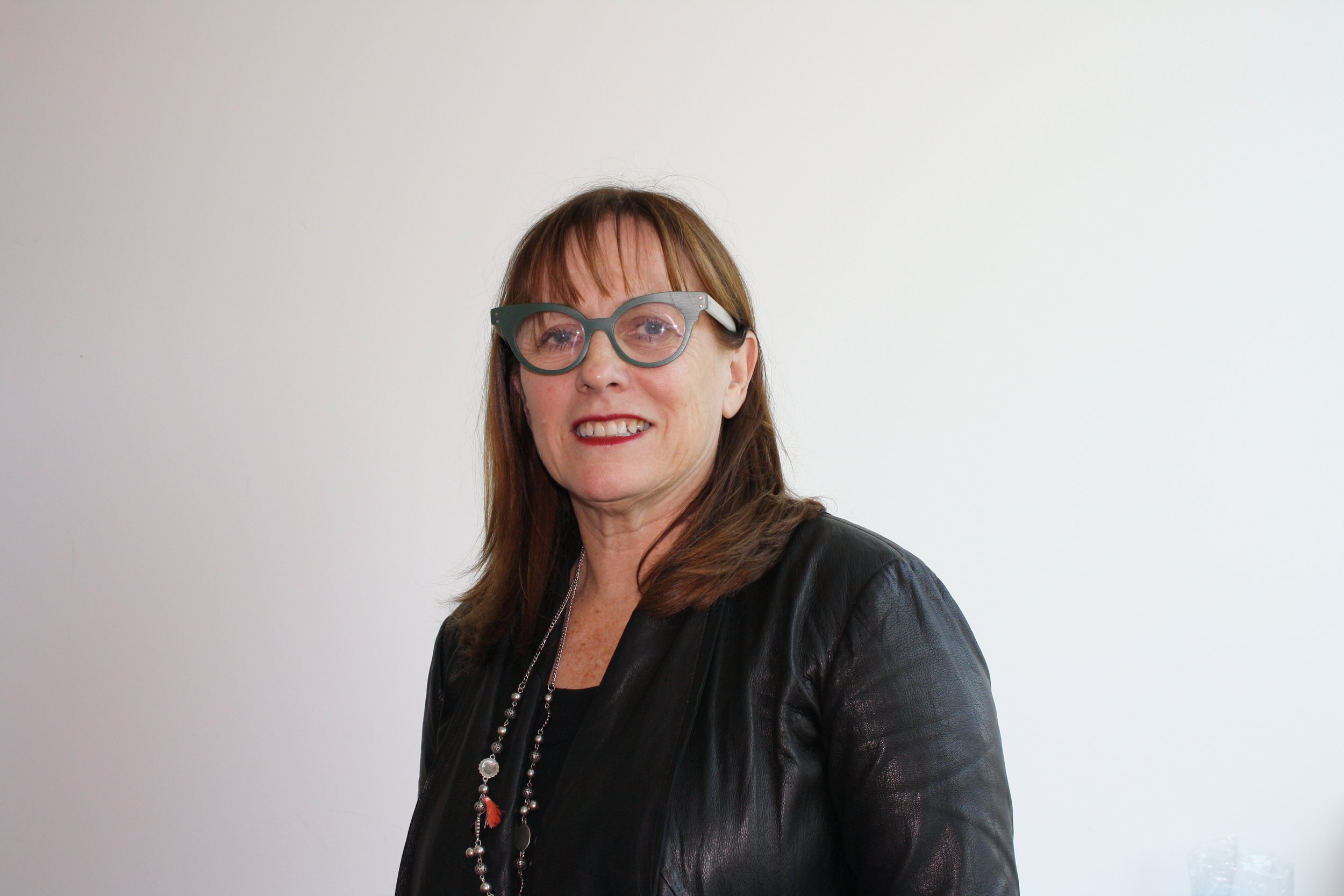 Fashion Exposed Now founder Marie Kinsella gives us the scoop on what's ahead at the next event.
Fashion Exposed Now founder Marie Kinsella gives us the scoop on what's ahead at the next event. 

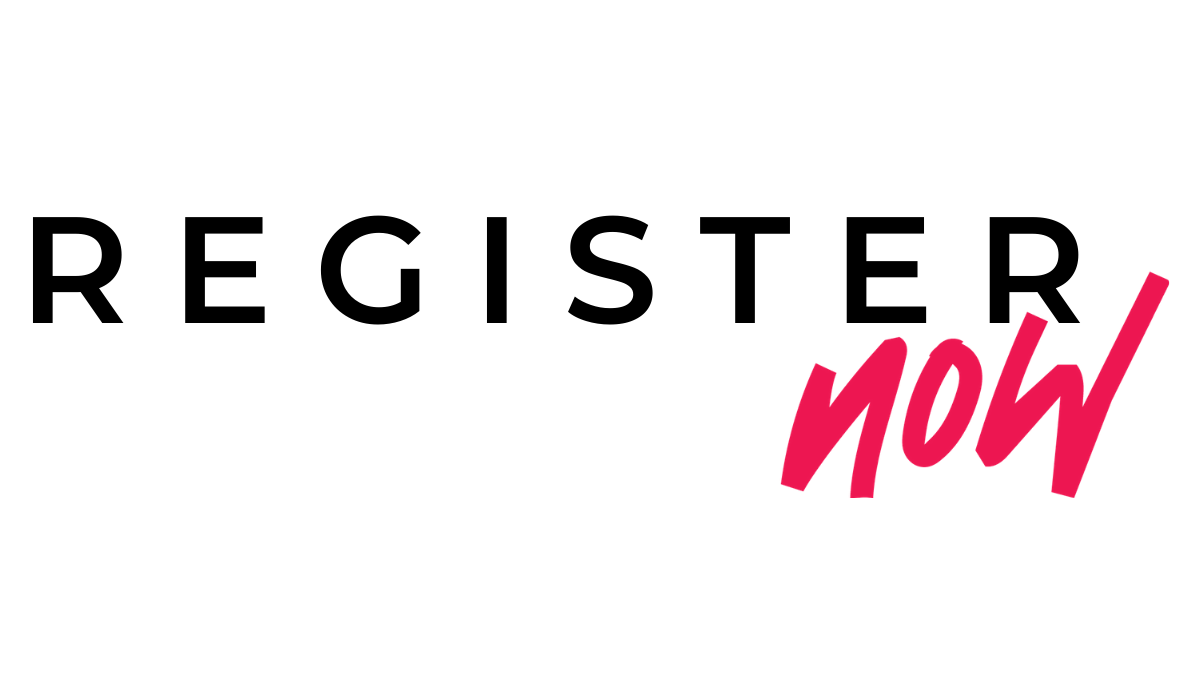
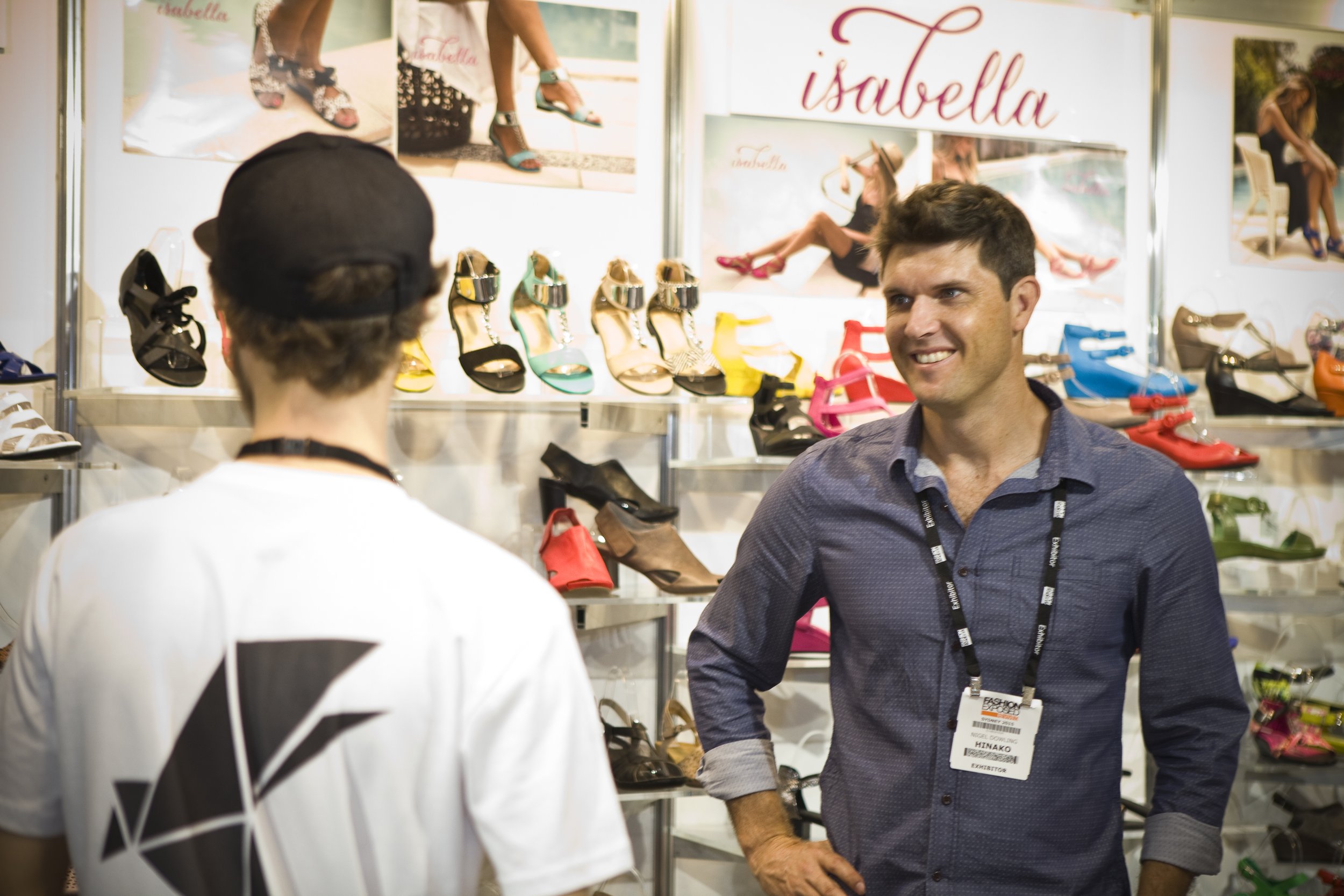
 1. Be a visual stand outUse themes suitable to your product. Do you want to be bright, fun, elegant or casual? What style defines your label and how are you going to visually bring it to life? Think flowers, fruits, furniture, toys, snacks, mannequins, balloons, posters, models and dress according to your theme. This doesn’t have to be a costly exercise, you can plan ahead and put your creative mind to play. Have fun!Sydney FASHION EXPOSED REVIVED had some wonderful creative examples. In a competitive jewellery environment, Zatini displayed their accessories in a dining table setting feature, in which the jewellery was displayed as though it was food, it stood out and made people stop.
1. Be a visual stand outUse themes suitable to your product. Do you want to be bright, fun, elegant or casual? What style defines your label and how are you going to visually bring it to life? Think flowers, fruits, furniture, toys, snacks, mannequins, balloons, posters, models and dress according to your theme. This doesn’t have to be a costly exercise, you can plan ahead and put your creative mind to play. Have fun!Sydney FASHION EXPOSED REVIVED had some wonderful creative examples. In a competitive jewellery environment, Zatini displayed their accessories in a dining table setting feature, in which the jewellery was displayed as though it was food, it stood out and made people stop.
 4. You are the expertWhile you have customers in your territory, talk to them in depth about your products. Have a document with information on what sets you apart for them to take away. Is it the variety of styles or colours, the design, the materials or fabric you use or the value for money you offer, why should they be buying from you versus your competition?If you are a wholesaler why not give out USBs with information necessary to place an order after the show and include information on your products that will help retailers sell it to customers. If you are a retailer, know the products you supply well and pass this information on to consumers. Send them away with all the knowledge in the industry that you trade in.5. Market yourself before, during and afterYou are investing in a trade show or a retail space, promote yourself starting as soon as possible. If the organiser of a trade show is excited, get your buyers excited. If you are a retailer and there is an event that will bring an influx of customers – share the optimism and the news with your customers in advance. Create a Communications Plan that includes direct mail, email marketing, social media and utilise existing platforms you have available.Make appointments; the most successful exhibitors don’t rely on the organiser alone and the event in itself, they communicate with their database in advance, book appointments and tell buyers reasons they should visit. If you are a retailer, make use of quiet time to market yourself. Is it a product launch, access to stock before others, limited edition or limited quantity garments? Treat your VIPs to VIP treatment, but they key is to communicate, monitor social media and connect with them regularly to make your brand or store visible and top of mind.Communicate post-sale, handle any objections or feedback and bring new strategies to life. Build your social media network with new contacts, make the best use of the leads you receive. Know that a marketing campaign brings you approximately a third of leads and the rest should be sourced by a sales person. Now that you have met a potential customer make what would be a cold call a warm call and start to establish a relationship!6. Make the most of it!A retail space and especially a trade show is more than an opportunity to sell. It is your chance to be seen, be the business owner, the president, the label, the designer, the model – bring your business to life. Promote new products, talk about your future stock, business plans, ambitions, build industry contacts and relationships, see what your competitors are doing, and get on the spot feedback from your customers that will help future business decisions that lead to more successful results. Don’t get comfortable, the best results are achieved with the best use of time management and this includes the best use of quieter times in preparation for busy periods.We hope that you find these tips useful for your store or in preparation for future trade shows.Feel free to leave comments or share any tips of your own.Remember all your businesses are different, and so are your customers. Cater to different types of customers based on the business you are in and you will make the most of all opportunities available to you.Wishing you success!Lucia Ordenes-SanchezExposed Online Contributor, Australian Gift & Homewares Association
4. You are the expertWhile you have customers in your territory, talk to them in depth about your products. Have a document with information on what sets you apart for them to take away. Is it the variety of styles or colours, the design, the materials or fabric you use or the value for money you offer, why should they be buying from you versus your competition?If you are a wholesaler why not give out USBs with information necessary to place an order after the show and include information on your products that will help retailers sell it to customers. If you are a retailer, know the products you supply well and pass this information on to consumers. Send them away with all the knowledge in the industry that you trade in.5. Market yourself before, during and afterYou are investing in a trade show or a retail space, promote yourself starting as soon as possible. If the organiser of a trade show is excited, get your buyers excited. If you are a retailer and there is an event that will bring an influx of customers – share the optimism and the news with your customers in advance. Create a Communications Plan that includes direct mail, email marketing, social media and utilise existing platforms you have available.Make appointments; the most successful exhibitors don’t rely on the organiser alone and the event in itself, they communicate with their database in advance, book appointments and tell buyers reasons they should visit. If you are a retailer, make use of quiet time to market yourself. Is it a product launch, access to stock before others, limited edition or limited quantity garments? Treat your VIPs to VIP treatment, but they key is to communicate, monitor social media and connect with them regularly to make your brand or store visible and top of mind.Communicate post-sale, handle any objections or feedback and bring new strategies to life. Build your social media network with new contacts, make the best use of the leads you receive. Know that a marketing campaign brings you approximately a third of leads and the rest should be sourced by a sales person. Now that you have met a potential customer make what would be a cold call a warm call and start to establish a relationship!6. Make the most of it!A retail space and especially a trade show is more than an opportunity to sell. It is your chance to be seen, be the business owner, the president, the label, the designer, the model – bring your business to life. Promote new products, talk about your future stock, business plans, ambitions, build industry contacts and relationships, see what your competitors are doing, and get on the spot feedback from your customers that will help future business decisions that lead to more successful results. Don’t get comfortable, the best results are achieved with the best use of time management and this includes the best use of quieter times in preparation for busy periods.We hope that you find these tips useful for your store or in preparation for future trade shows.Feel free to leave comments or share any tips of your own.Remember all your businesses are different, and so are your customers. Cater to different types of customers based on the business you are in and you will make the most of all opportunities available to you.Wishing you success!Lucia Ordenes-SanchezExposed Online Contributor, Australian Gift & Homewares Association

